Review: Nokia Lumia 635 for T-Mobile
Menus
The Lumia 635 is among the first phones to include Windows Phone 8.1. If you want the skinny on all the new features, Phone Scoop reviewed WP8.1 exhaustively here. The updated platform runs well on the 635.
The lock screen is much more useful than before. It now plays host to a rich array of notifications, changing wallpapers, and even select apps. The lock screen is easy to manage, and provides access to the camera, but no other shortcuts. I was easily able to set lock codes to protect the device. I'm really pleased with the improved notifications.
The notifications tie in well with the all-new Action Center, which is a drop-down tool much like the notification shades seen in Android and iOS. The Action Center holds all of the notifications, where they can be dismissed or acted upon. It also provides quick-setting-style toggles for some of the radios.
The Start screen is a much more interesting place in WP8.1. The 635 can be set to display two or three columns of Tiles. The benefit of using three is that you can cram more Tiles in the same space, though they are each a bit smaller. WP8.1 also adds background images to the Start screen, which are visible through newly translucent Tiles. The Start screen has become much more flexible and more useful.
The main app menu and settings tools are more or less unchanged from earlier versions of WIndows Phone. Apps are listed alphabetically and cannot be rearranged, though they can be placed on the Start screen — and even in folders there — if you wish. The Settings menu is a rather boring white-text-on-black-background affair, but it's functional and makes sense.
Some of the notable tools include Kid Mode, so users can safely hand their phone over to others. WP8.1 also includes Data Sense, Storage Sense, and Wi-Fi Sense. These help you manage and keep track of your mobile data as well as how much storage is available on the handset. Wi-Fi Sense makes it easier to share your own Wi-Fi, as well as connect to public Wi-Fi networks.
Windows Phone 8.1 runs quickly enough on the Lumia 635, which has a 1.2 GHz quad-core Snapdragon 400 processor and just 512MB of RAM. I will say that it is not the fastest Windows Phone I've seen, but it doesn't feel slow, either.
Calls and Contacts
The phone app functions the same way across all Windows Phones and it wasn't really improved with the 8.1 update. It's a stark and simple app that's easy to use. When opened, the call history is the default view. There are four main functions: voicemail, dialpad, contacts, search. During a call, the buttons are laid out plainly and include the features most people expect these days, including the ability to mute or hold calls, merge calls, or route them to the speakerphone or Bluetooth.
The 635 supports T-Mobile's Wi-Fi Calling service. It takes a few moments to set up, but is free and worth it if you live in an area with questionable T-Mobile service. It can be used to pass calls over Wi-Fi rather than the cellular network. I found voice quality of Wi-Fi calls to be excellent. The service also allows for text messages to be sent over Wi-Fi.
Windows Phone doesn't have a “contact” app, it has the People Hub. The People Hub is your contacts list on steroids. Rather than serve as a simple list of names, the Hub hooks into Twitter, Facebook, and LinkedIn account details to provide a richer, more interactive space. It provides a virtual flood of status updates and posts to go along with the faces and contact info.
Messaging
The 635 covers all the messaging basics, which include email, SMS/MMS/IM, Skype, social networking, and so on. There is only one email app, but it can handle any type of email account, including POP, IMAP, and Exchange. Perhaps its best feature is that it lets you pull multiple email accounts into a single inbox.
The messaging app is still rather spartan, but it did gain some new and useful features. The messaging app within Windows Phone pulls double duty if you want it to, packaging together both SMS/MMS conversations as well as Skype. One feature added in WP8.1 is the ability to mute conversations. If you want to avoid distractions, you can mute individual threads to cease active and noisy notifications. Messages still arrive, but the notifications don't bother you. The messaging app now also makes it easier to jump into a contact card to initiate an email, call, or other type of message. Last, messages can be muted thanks to Cortana and Quiet Hours. The Quiet Hours (more on that later) allow you to set times when you're not to be disturbed other than by select people under certain circumstances.
Other WP8.1 messaging tools include Groups and Rooms. These are both subsections of the People Hub. They essentially let you manage, communicate with, share photos with, and coordinate calendars between small groups of people.
Though the People Hub incorporates Facebook and Twitter for basic messaging, you're better off using the full Facebook and Twitter apps. Thankfully, both are pre-installed.
Last, Windows Phone 8.1 makes typing in all these messaging apps better with support for trace input. You can now swipe your finger around the keyboard to type out messages rather than peck at individual letters. The prediction engine works well, and it does a good job of figuring out which word you might want to use next.










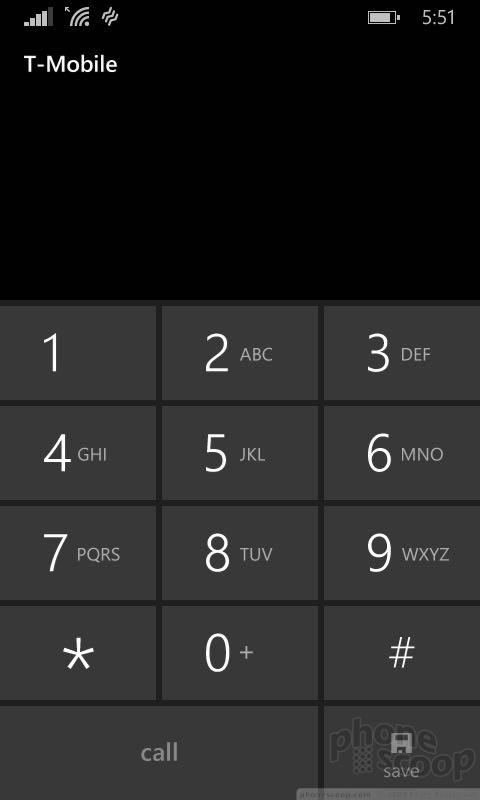


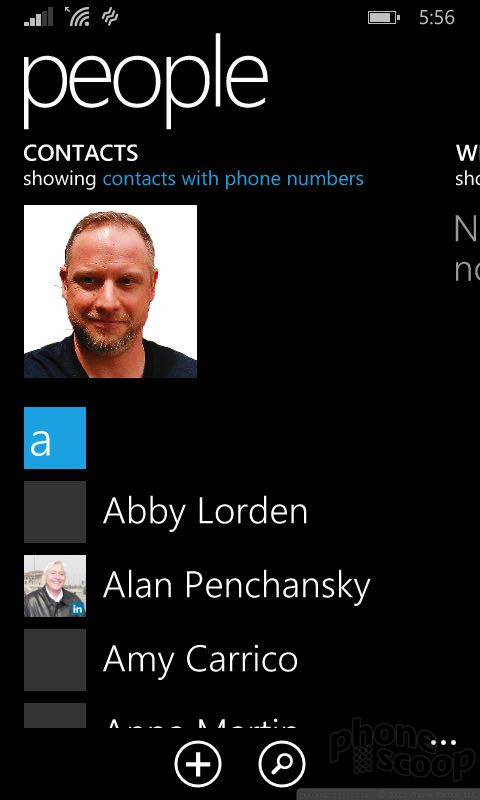



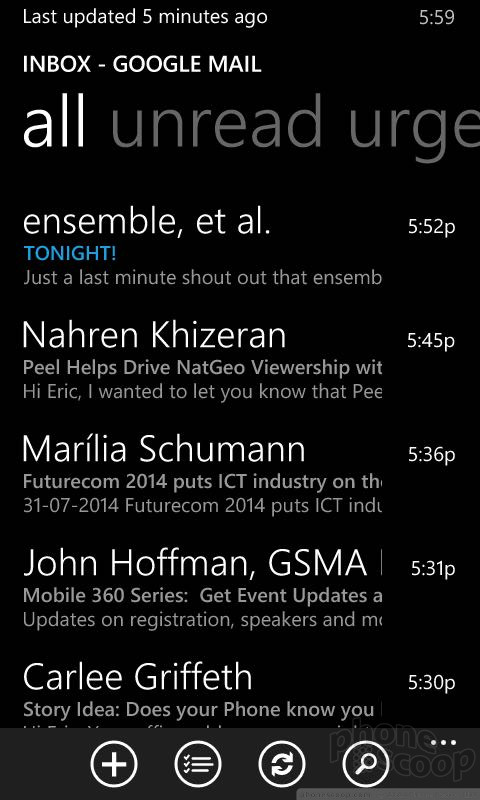




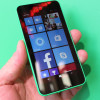 Hands-On: Nokia Lumia 630/635
Hands-On: Nokia Lumia 630/635
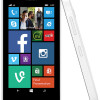 Sprint to Sell Nokia Lumia 635
Sprint to Sell Nokia Lumia 635
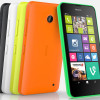 Microsoft Officially Kicks Off Sales of Windows Phone 8.1
Microsoft Officially Kicks Off Sales of Windows Phone 8.1
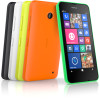 Nokia Intros the Lumia 630 and 635
Nokia Intros the Lumia 630 and 635
 Nokia Lumia 635 / 630 (GSM)
Nokia Lumia 635 / 630 (GSM)





